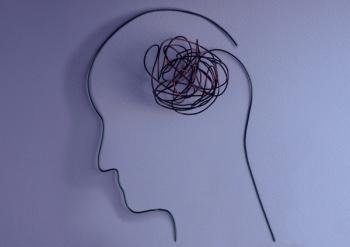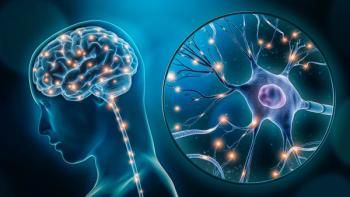
|Slideshows|September 16, 2020
4 Stages of Chronic Traumatic Encephalopathy
Author(s)Arman Fesharaki-Zadeh, MD, PhD
A 59-year-old man with a history of multiple concussions has been having a series of neurocognitive symptoms for the past several years. Discover more in this case.
Advertisement
Newsletter
Receive trusted psychiatric news, expert analysis, and clinical insights — subscribe today to support your practice and your patients.
Advertisement
Latest CME
Advertisement
Advertisement

















